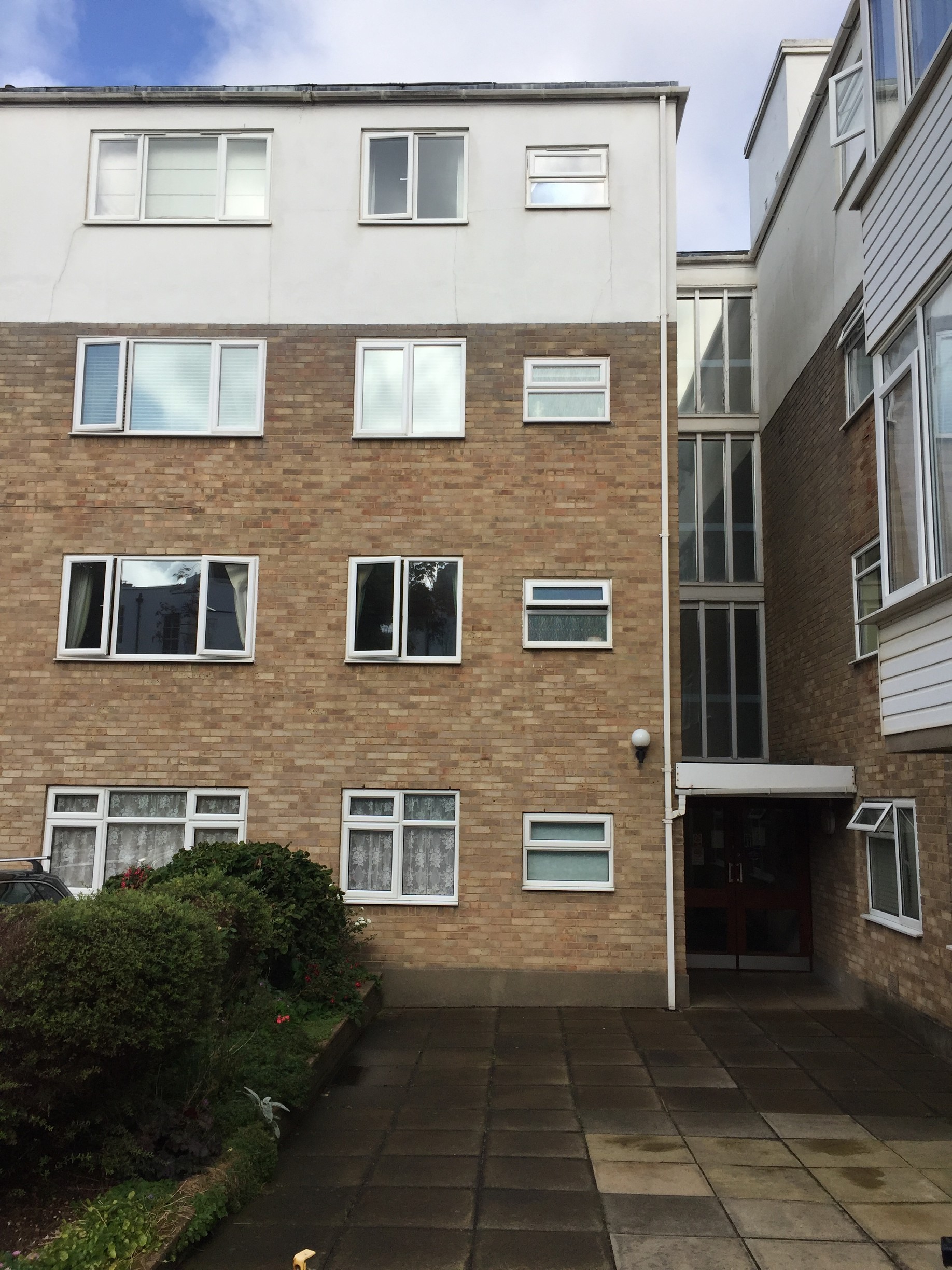Cold bridging problems
Cold bridging is a big problem for blocks of flats built after the second world war. It happens when the insulation surrounding a flat or house is ‘bridged’, creating a cold spot upon which condensation can settle.
In concrete construction, this often occurs where a concrete floor slab extends to become part of a balcony. The balcony is, of course, on the outside of the building and so exposed to the elements. The floor slab can then become very cold, ‘bridge’ the wall and make a cold spot in the flat or house.
How to prevent cold bridging
Current building regulations (specifically, Conservation of fuel and power: Approved Document L) stipulate that building designers must prevent cold bridging. To do this, they need to insulate all areas that could be cold spots. This means that the blocks most susceptible to cold bridging condensation tend to be those built after the war, and before the current building regulations, which came into force in 1985.
Concrete balcony causing condensation
I recently looked at Heather Court, a block of flats in Brighton, East Sussex, where there was a big cold bridging problem. It was mostly on the balconies where there was no insulation to the underside of the balcony or the roof. They therefore became very cold, causing condensation. The cold slab for the balcony also bridged the wall, creating condensation in the main part of the flat. The photographs below may look like water penetrating from the outside, but is in fact condensation settling on cold surfaces.
Our solution is to design the external works with insulation to the underside and tops of the exposed balconies. This will prevent the condensation problem by warming the internal surfaces, and the residents should feel much more comfortable as a result.
What next?
- Read 13 Things to Check Before Your House Survey
- Find out What Causes Black Mould in 1960s Purpose-Built Blocks
- Got a residential or commercial property query? Get Professional Advice







Comments are closed.